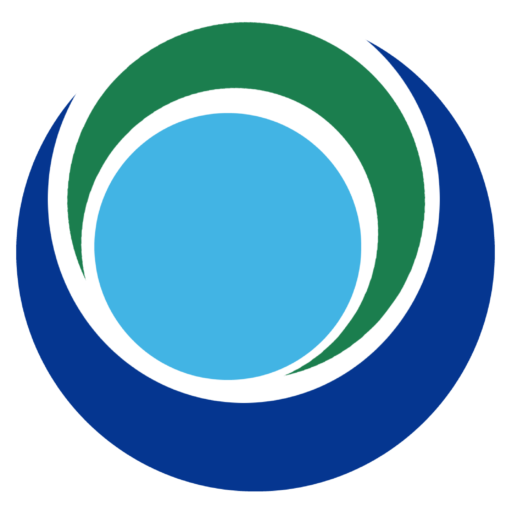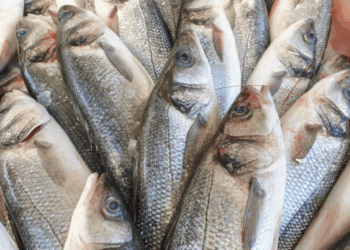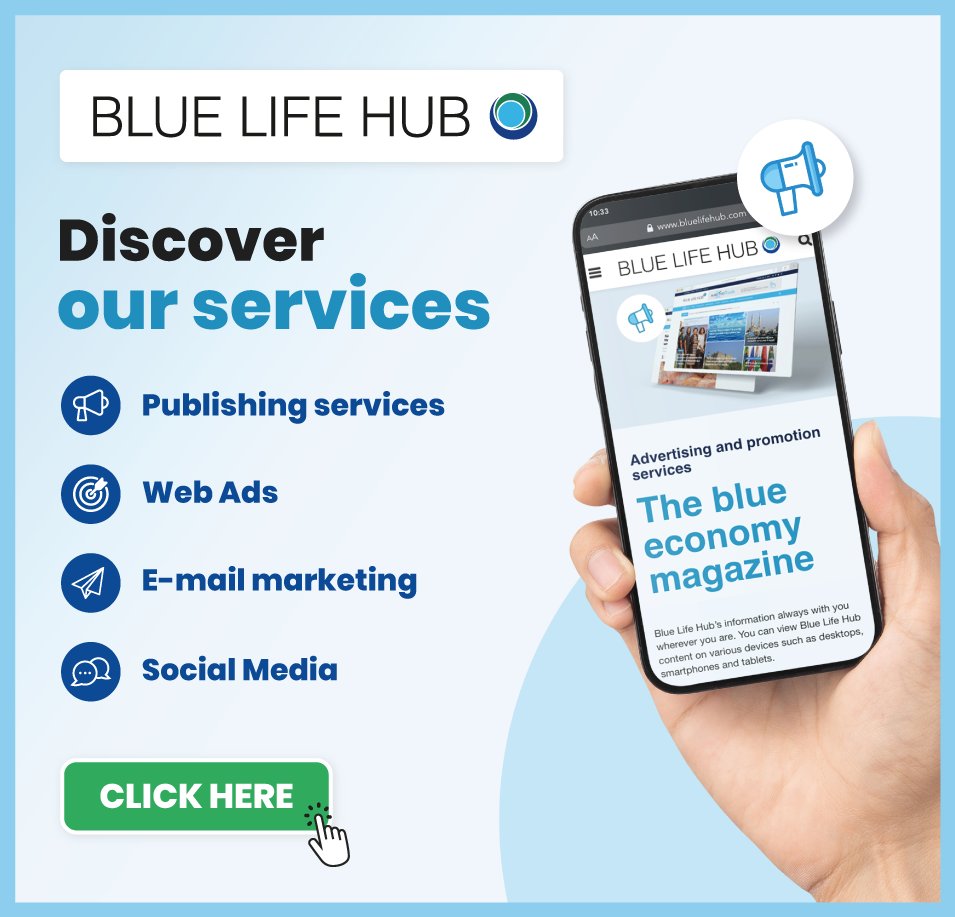Aquaculture, for its exposure to the open environment, acts as a sentinel for environmental conditions, in addition to being an activity of great social and economic relevance, as highlighted by international organizations. The 2024 edition of AquaFarm will dedicate ample space to environmental and climate changes, the issue of the blue crab, and its related solutions. Save the date for February 14th and 15th at Pordenone Fiere.
Fish and mollusk farming is predominantly conducted in ecosystems exposed to the changing global and national environmental and climatic conditions. Changes in precipitation patterns, for example, influence river flow, particularly their annual distribution, impacting species that require running water, such as trout, of which Italy is a European leader. Furthermore, temperature variations in coastal waters, where sought-after species like sea bass and gilt-head bream are farmed, generate effects that are still not fully quantifiable but certainly associated with the proliferation of temperature-sensitive parasites.
Not all challenges for aquaculture can be attributed to climate change: for instance, the rapid proliferation of the blue crab in Italian seas; the increase in marine background noise; the growing resistance to antibiotics, and the rise of micro and nanoplastics in waters are all phenomena that inevitably have negative impacts on fish species’ lives.
The focus of the 7th edition of Aquafarm will thus be on identifying possible solutions to the aforementioned problems: for example, antibiotic resistance can be addressed through new types of vaccines for fish, the use of biobased, recyclable, and degradable materials to reduce plastic use in mollusk farming.
But not only that, thanks to high-resolution temporal and spatial simulations, efforts are made to predict environmental conditions that influence aquaculture years in advance. Blue crab control can also be managed in various ways, such as introducing them into fish feeds or adopting strategies based on knowledge of their life and behavior, including biological control tactics through their natural predators, such as seabirds.
Aquaculture also emerges as an active ally in the fight for environmental conservation, contributing to reducing emissions resulting from its operations. A conference session is dedicated to the decarbonization of farms, with methods ranging from electrification of vessels used for managing both fish and mollusk farms, to installing floating photovoltaic panels on water surfaces for electricity production, also helping to reduce evaporation. Other approaches include hydrogen production using effluents from aquaponics, and utilizing bivalve shells as an effective “carbon sink” composed of 95% calcium carbonate. Finally, circularity principles can be applied to aquaculture, creating farming models that fully utilize the biomass produced.
In summary, AquaFarm represents the main event in Italy for sector operators, presenting the latest innovations, addressing current and future problems accurately, but above all offering hypotheses and suggestions for solutions. A unique event not only in its specific sector.
AquaFarm is an international exhibition-conference on aquaculture and sustainable fishing industry, organized by Pordenone Fiere in collaboration with API, Associazione Piscicoltori Italiani. AMA, Associazione Mediterranea Acquacoltori, and with Studio Comelli – Conferences & Communication, which oversees the conference contents and press office. The event was established in 2017 and at the last edition recorded a growth of 62% compared to 2022 and +25% if compared to the last pre-covid edition, with 130 exhibitors, 35% of which from abroad, and almost 7,000 sqm of exhibition area. Participation in the event is free upon online registration on the website: www.aquafarmexpo.it.








